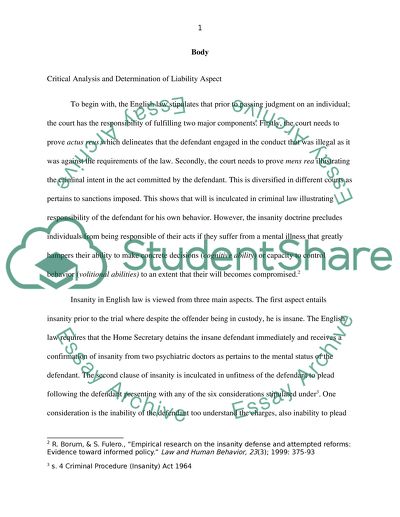Cite this document
(“The Rules Governing the Insanity Defence in Order to Determine When a Essay”, n.d.)
Retrieved from https://studentshare.org/law/1446189-critically-evaluate-the-rules-governing-the
Retrieved from https://studentshare.org/law/1446189-critically-evaluate-the-rules-governing-the
(The Rules Governing the Insanity Defence in Order to Determine When a Essay)
https://studentshare.org/law/1446189-critically-evaluate-the-rules-governing-the.
https://studentshare.org/law/1446189-critically-evaluate-the-rules-governing-the.
“The Rules Governing the Insanity Defence in Order to Determine When a Essay”, n.d. https://studentshare.org/law/1446189-critically-evaluate-the-rules-governing-the.


